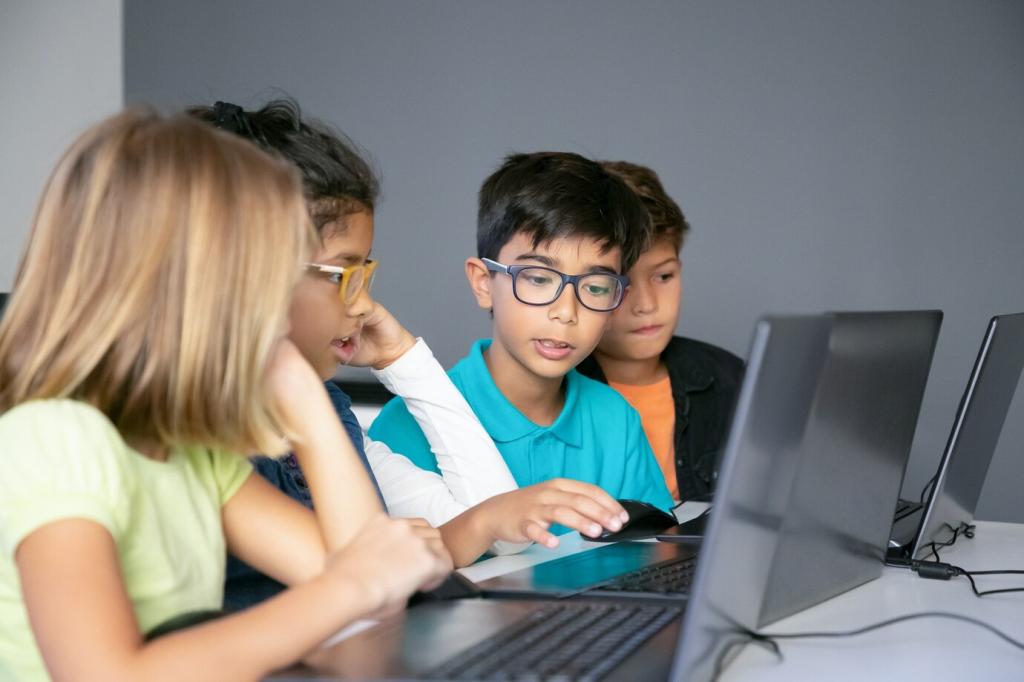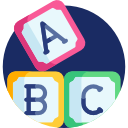This website uses cookies so that we can provide you with the best user experience possible. Cookie information is stored in your browser and performs functions such as recognising you when you return to our website and helping our team to understand which sections of the website you find most interesting and useful.
AI-Assisted Vocabulary Building for Young Learners in German
AI-assisted vocabulary building is revolutionizing the way young learners engage with the German language. By combining advanced machine learning technologies with age-appropriate pedagogical techniques, these tools create engaging, dynamic, and personalized learning experiences. The integration of artificial intelligence not only helps maintain motivation but also addresses the unique linguistic challenges that young German learners encounter. Through adaptive feedback, interactive exercises, and intelligent content recommendations, AI ensures that vocabulary acquisition is efficient and enjoyable. This web page explores the core facets of AI-assisted language learning, examining its transformative impact on German language education for children.
Adaptive Learning Technology in German Language Acquisition

Engaging and Interactive AI-Powered Games



